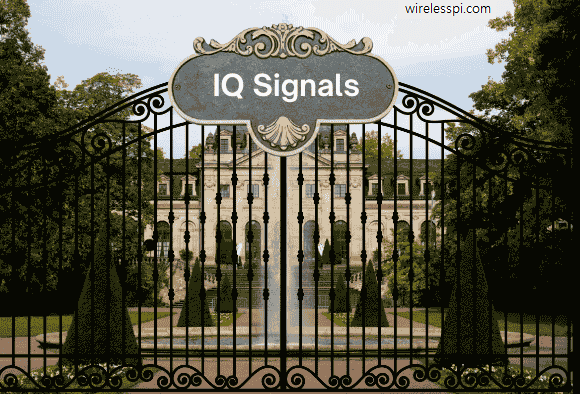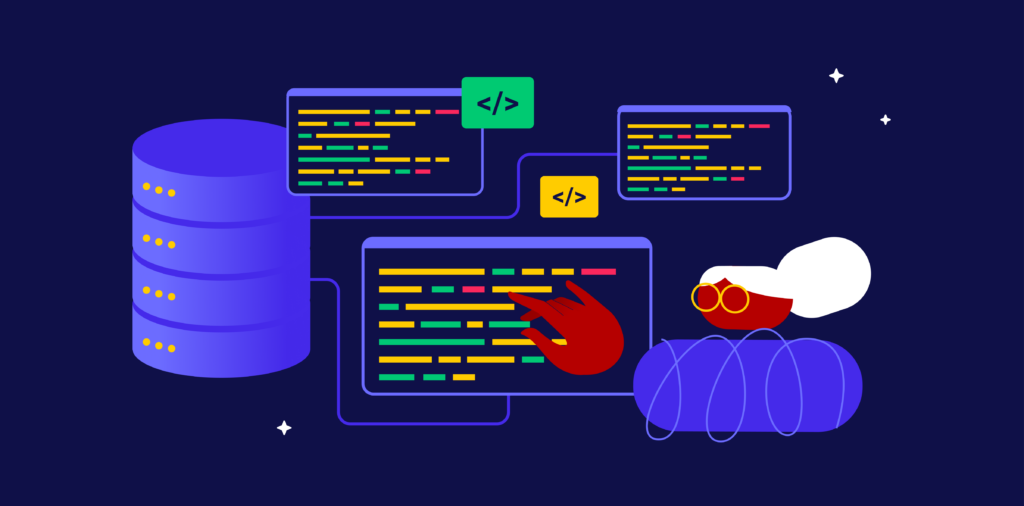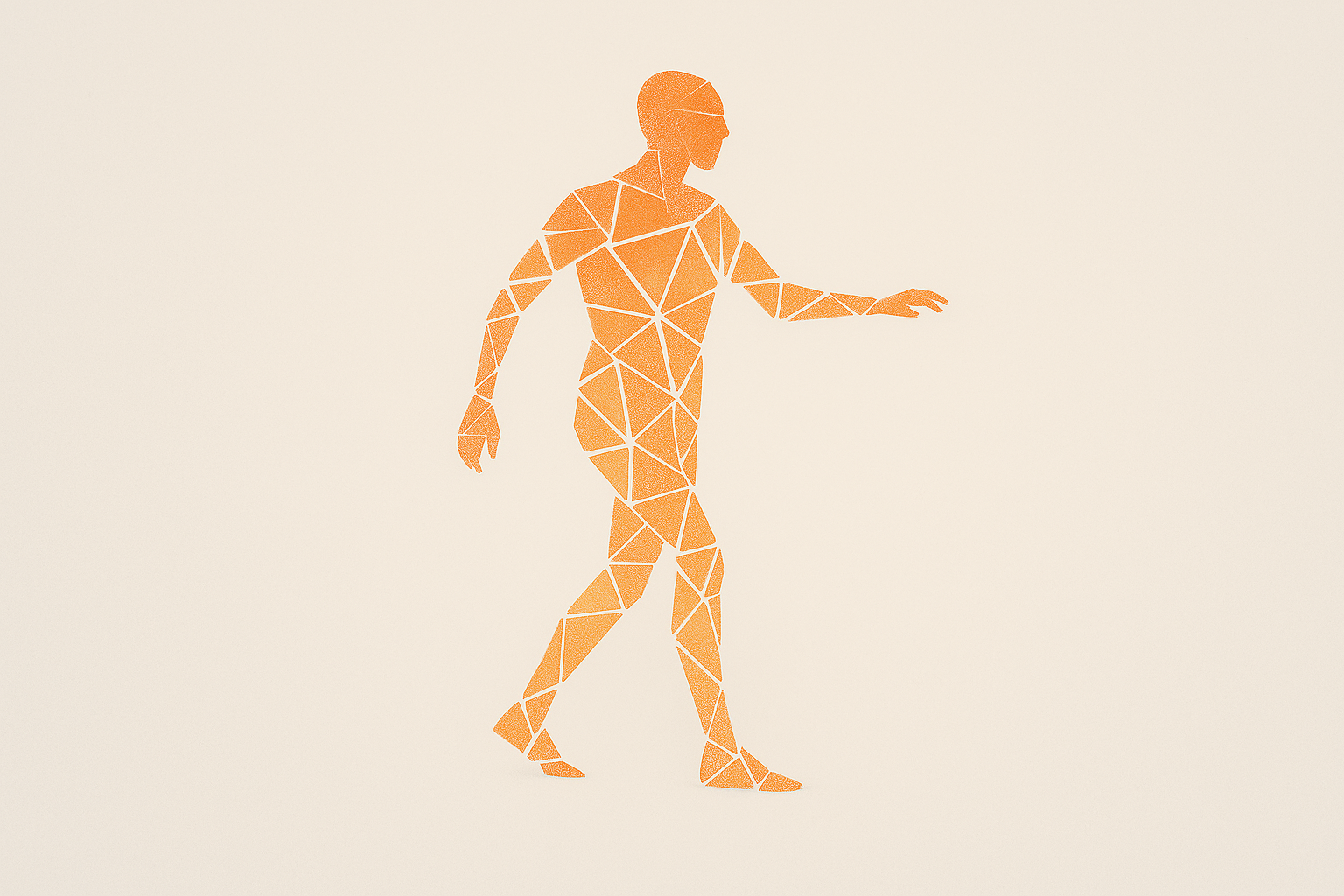
Two Birds with One Tone: I/Q Signals and Fourier Transform – Part 1
When a new member arrives at the Signal Processing Club, this is what they find at the club gate: I/Q signals. Perhaps a secret plot to keep most people out of the party?
Some return from here to try another area (e.g., machine learning, which pays more and is easier to understand but less interesting than signal processing). Others persist enough to push the gate open for implementation purposes (even a little understanding is sufficient for this task) but never fully grasp the main idea. So what exactly makes this topic so mysterious?
To investigate the answer, we start with an example audio signal drawn in the figure below that displays amplitude versus time for some spoken words.
Clearly, both audio and radio signals are simple real waveforms plotted with time. Why then I/Q processing is not common in traditional audio applications but an integral part of radio communications? For this purpose,
Wireless systems employ an electromagnetic wave acting as a carrier of information hidden in the variations of its parameters.











